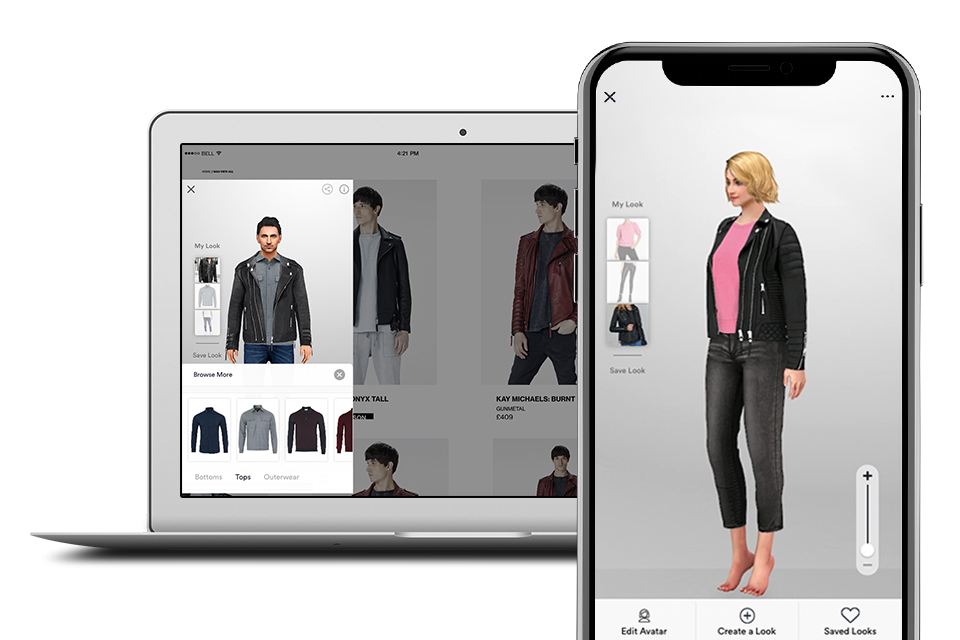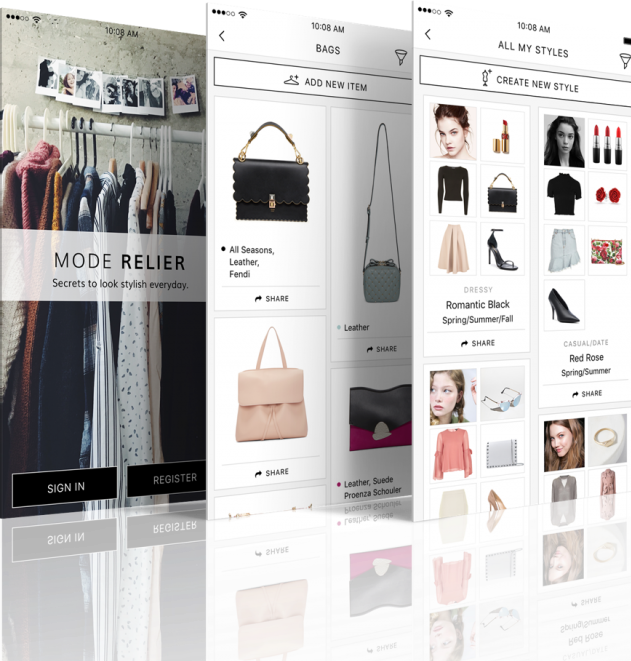In today’s fast-paced world, technology has altered the way we purchase clothing and accessories. With the introduction of virtual styling applications, personalized fashion guidance is now just a click away, bringing convenience, efficiency, and endless style possibilities. Let’s look at the growing trend of virtual styling apps and how they’re transforming the fashion industry.
The emergence of virtual styling applications can be ascribed to a variety of factors, including technological advancements, shifting customer preferences, and a rising demand for customized shopping experiences. People are turning to online platforms for their purchasing requirements with the increasing use of the internet, making virtual styling applications a logical evolution of the retail industry. Furthermore, the COVID-19 pandemic has expedited the move towards online buying by restricting access to physical establishments through social distancing tactics and lockdowns. Virtual styling apps have arisen as a simple and secure option, allowing users to research fashion trends and make purchases from the comfort of their own homes. Virtual styling applications also provide shops with an opportunity to interact with customers on a more personal level while gathering essential data about their tastes and behavior. These apps may analyze user data and make customized recommendations, improving the entire purchasing experience.
How the Apps Work
Virtual styling apps use complex algorithms to analyze a wide range of user data, from previous purchases and browsing history to social media involvement and style preferences. These apps can generate individualized fashion recommendations based on each user’s unique tastes and preferences by collecting this information. Furthermore, the incorporation of augmented reality (AR) technology allows customers to visually try on apparel and accessories, providing a realistic preview of how the products will seem and fit before making a purchase. This novel technique not only improves the shopping experience but also lowers the possibility of returns, so expediting the entire fashion retail process.
The capacity to provide personalized fashion recommendations based on the user’s specific tastes and style goals is one of the major advantages of virtual reality styling. Whether you’re looking for a casual outfit for everyday wear, a formal ensemble for a special occasion, or the latest trends from your favorite companies, virtual styling apps may help you find clothing and accessories that complement your individual personal sense. Furthermore, virtual styling applications frequently consider criteria such as body form, skin tone, and personal style preferences when generating recommendations, ensuring that users are confident and satisfied with their fashion choices. Virtual styling applications allow users to experiment with new styles and trends while remaining true to their particular style identity by providing a curated range of goods that cater to their individual interests and preferences.
Convenience and Accessibility
One of the advantages of virtual styling apps is their ease and accessibility. Unlike traditional shopping experiences, which sometimes include time-consuming trips to multiple stores, virtual styling programs allow users to browse and purchase garments and accessories from the comfort of their own homes or while on the go. This versatility makes it easier than ever for busy people to stay current with the latest fashion trends and update their wardrobes with minimal effort. Virtual styling apps usually include user-friendly interfaces and simple navigation techniques, making them suitable for users of all ages and technical backgrounds. Whether you’re a fashion expert or a first-time customer, virtual styling apps provide a seamless and enjoyable buying experience that is suited to your unique requirements and interests.
As technology advances, virtual styling apps are expected to become even more advanced, providing consumers with more personalized and immersive purchasing experiences. These apps will be able to analyze a wide range of data in real-time with the help of AI and machine learning algorithms, resulting in more accurate and precise fashion recommendations. Advances in augmented and virtual reality technology will allow users to interact with virtual clothes in a more realistic manner, closing the gap between online and physical shopping experiences. Furthermore, these styling applications will encourage environmentally friendly shopping habits, such as promoting sustainable brands and materials.
Conclusion
In conclusion, virtual styling applications have become essential tools for fashion fans, providing a perfect combination of convenience, personalization, and innovation. As technology advances, these applications will play an increasingly important part in the fashion retail scene, altering the way we purchase clothing and accessories. Virtual style apps combine AI, AR, and VR technologies to provide users with personalized fashion advice, virtual try-on experiences, and immersive purchasing journeys tailored to their own interests and needs. Furthermore, as the fashion industry’s focus on sustainability grows, virtual styling applications have the potential to promote eco-friendly shopping habits and inspire consumers to make more informed and responsible fashion choices.





















